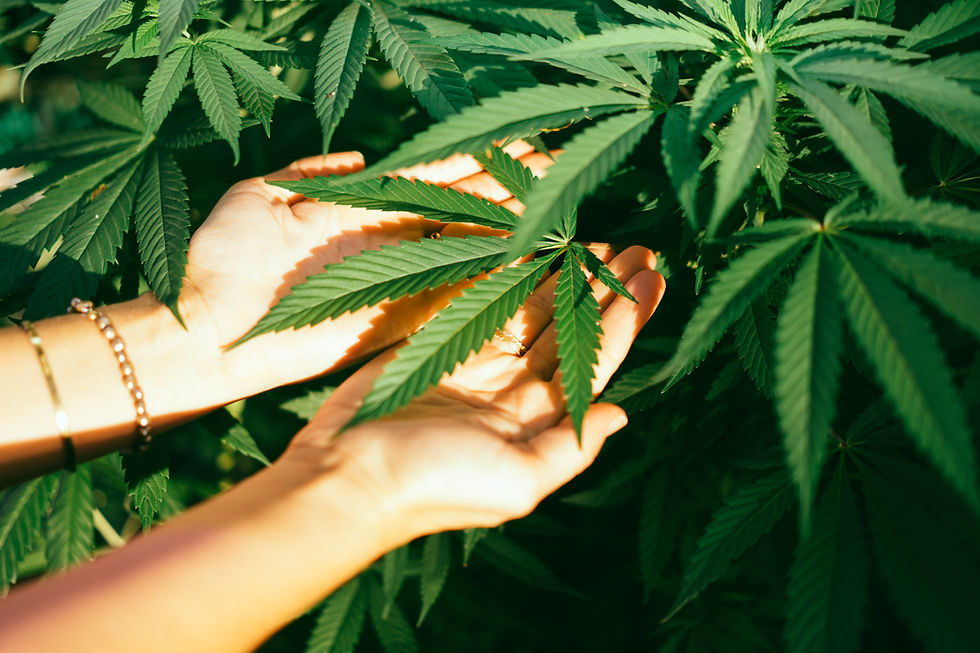
Conservation of Natural Resource
At the forefront in demonstrating the medicinal plants conservation program
We are one of the core centers and building blocks of TDU. We have built crucial resources including the state-of-the-art National Herbarium and Raw Drug Repository
Centre for Conservation of Natural Resources (CCNR) is one of the core centers of TDU and was one of the building blocks of the organization. Its resources include the state-of-the-art National Herbarium and Raw Drug Repository. Over the years, the centre has been at the forefront in demonstrating the Medicinal Plants Conservation Program.
We are currently working on the below projects
1. Strengthening of National Herbarium, Raw Drug Repository and multi-Disciplinary databases of Medicinal Botanicals of India
2. Plant Wealth of Lalbagh Botanical Garden
3. Resource Augmentation of selected RET and High Traded Medicinal Plant species Covering 22 JFMCs in 18 Forest Divisions of Karnataka, India funded by National Medicinal Plants Board (NMPB) through Karnataka Forest Department
4. Generation of Livelihood Opportunities for the Local Communities in Savanadurga by Sustainably Utilising the Natural Resources funded by National Medicinal Plants Board, Govt. of India through Karnataka Forest Department
5. Sustainable Harvesting, Value Addition, Warehousing and Marketing of Selected RET and High Traded Medicinal Plant Species Covering 22 JFMCs in 18 Forest Divisions of Karnataka, India Department Funded by National Medicinal Plants Board (NMPB), Govt. of India through Karnataka Forest Department
6. Sustainable harvesting, value addition, warehousing and marketing of selected RET & hightraded species in Peechi and Silent Valley Wildlife Divisions, Kerala, funded by NMPB, New Delhi, through Kerala Forest and Wildlife department, Government of Kerala
7. Capacity building of MFP collectors of Chhattisgarh Minor Forest Produce Federation (CGMFPF) on good collection practices of nationalized and non-nationalised MFPs in Chhattisgarh Funded by Chhattisgarh Minor Forest Produce Federation Cooperative Limited, Raipur
Our Current Research Projects.
Study of Development of Galls in Karkatashringi
-
Botanical & Ecological Survey: Diversity, ecology and status of wild medicinal plant resources” in Heggada Devana Kote, Mysuru district.
-
Botanical and Population study in Project “Detailed Assessment of Medicinal and Aromatic Plant (MAP) species including their collection, usage, demand, markets, price trends and life cycle, focusing on landscapes in Sikkim under SECURE Himalaya Project”
-
Development of sustainable harvesting methodologies for selected medicinal plant species in Medicinal Plants Conservation Areas (MPCAs), Chhattisgarh. Funded by Chhattisgarh State Medicinal Plants Board, Raipur
-
Rapid Assessment of Population of Conservation Concern species at Medicinal Plants Conservation Areas in Karnataka. Funded by Karnataka Forest Department
-
Improving the semi-processing and packaging methods to enhance the quality and market value of selected medicinal plants in Peechi Wildlife Sanctuary and Silent Valley National Park, Kerala. Funded by National Medicinal Plants Board, Govt. of India
-
Our Expertise and Resources.
Medicinal Plant Inventories
It has developed inventories of medicinal plants for more than 12 states through consultation of floristic, ethno-botanical and botanical surveys. These inventories are handy reference tools for resource managers to guide conservation programs.
Ethno Medicinal Garden
An ethno-medicinal garden harboring living collection of 1500 plant species has been established at FRLHT-TDU over the last 17 years. This garden has been an important component of “Centre of Excellence on Medicinal Plants and Traditional Knowledge” project supported by MoEF & CC since 2002. The resulting collection in this garden has been an important resource for educating and orienting students, researchers and various other stakeholders to get acquainted with these unique natural resources. A nursery attached to this garden has been playing an important role in raising medicinal plants for planting in the garden also for supplying seedlings to the households for their primary health care uses.
Herbarium and Raw Drug Repository
The state of the art ‘FRLHT-TDU Herbarium and Raw drug Repository’ houses these natural resources used in the Indian System of Medicine, in the form of herbarium and raw drug samples. The botanical drugs comprising, root, stem, leaves , flower, fruit, seed, root & rhizome, stem & leaves, fruit & seed, stem bark, root bark, heart wood, whole plant, whole plant without root, exudates, gum/resin, tuber and bulb, have been classified on the most scientific and modern lines. This enhances its significance multi-folds as a conservation research facility
Medicinal Plant Conservation Programme
Over two decades CCNR team along with state forest departments and Community based organizations has taken a lead role in the world by demonstrating the Medicinal Plants Conservation Program through implementation of insitu and exsitu conservation projects in southern India.
Medicinal Plant Informatics
The Centre works closely with Centre for Traditional Knowledge, Data Science and Informatics of TDU and has been developing a dynamic, well referenced multi-dimensional database on Indian Medicinal Plants species called Encyclopedia on Indian Medicinal Plants. This database treasures more than 6500 species that are medicinally important from various published sources. This browser connects to more than two lakh vernacular names, scientific names and associated multi-dimensional information including botanical identity, distribution, photographs, maps, pharmacology information etc. This is shared through various websites for conservation programs and specific needs.
Geographical Distribution Mapping
Understanding the distribution pattern of medicinal plants was one of the essential program to address Conservation action programs by the Center for Conservation of Natural Resources. The geographical distribution mapping efforts have given priority to species of high conservation concern as well as the species in high volume trade. The Eco-distribution Maps are attempted for mapping distribution, occurrence and population of critical species of conservation concern for ex Saraca asoca, Coscinium fenestratum which is not a one time effort but a continuous upgradation process based on the institutes research and botanical field experience.













